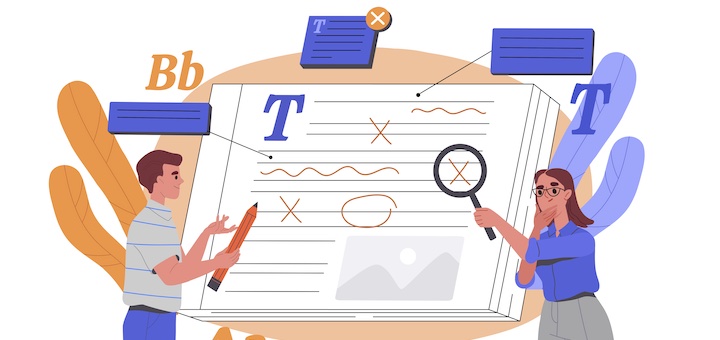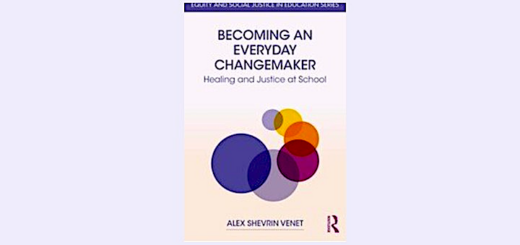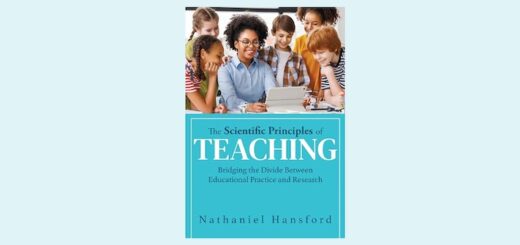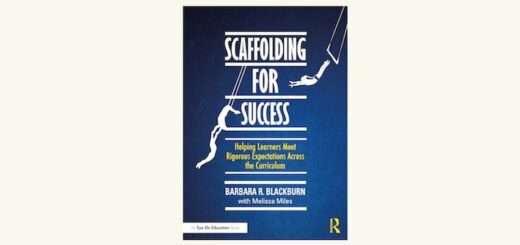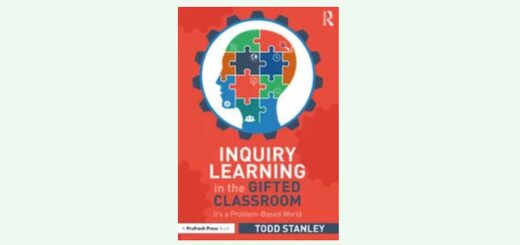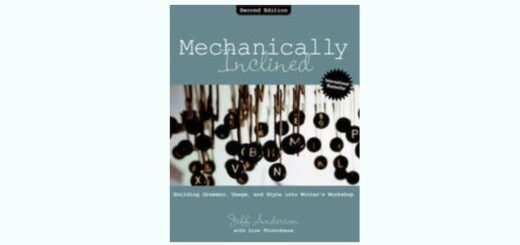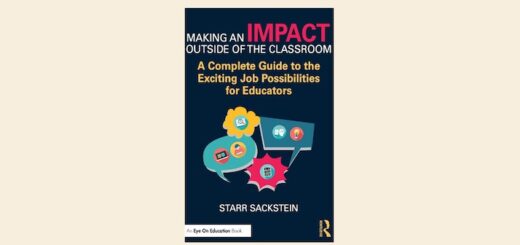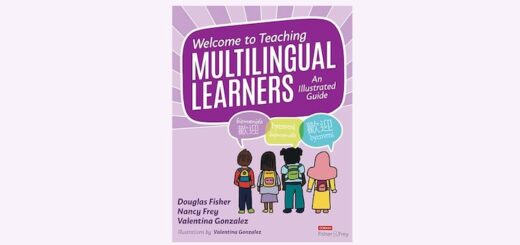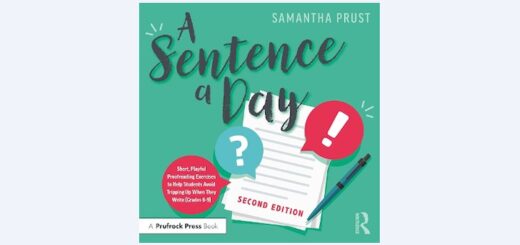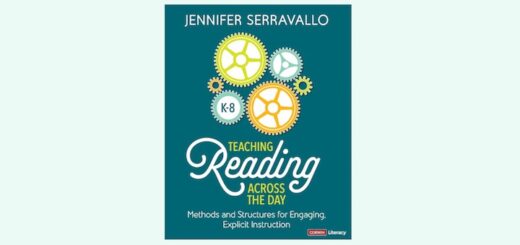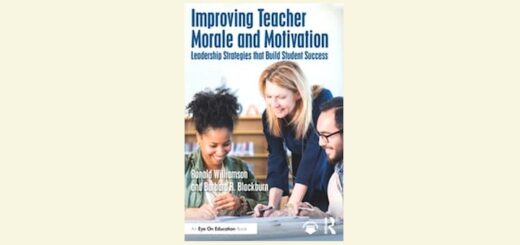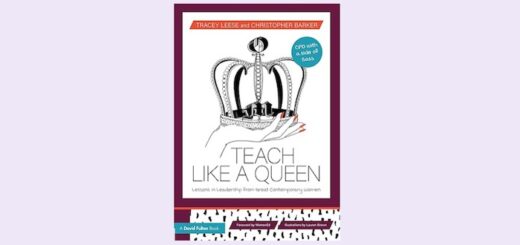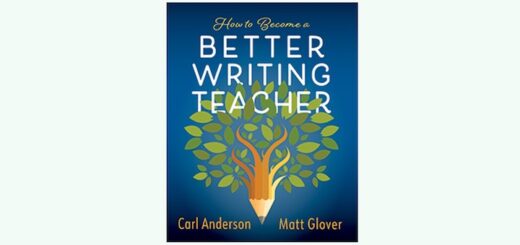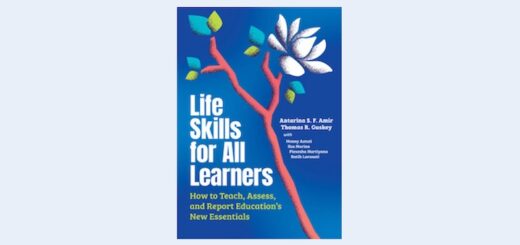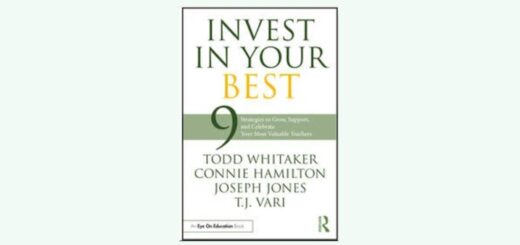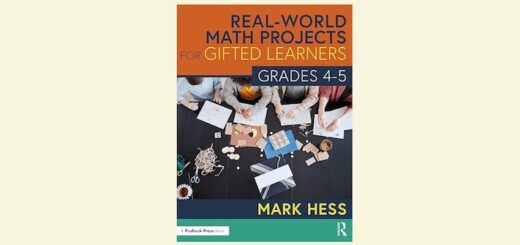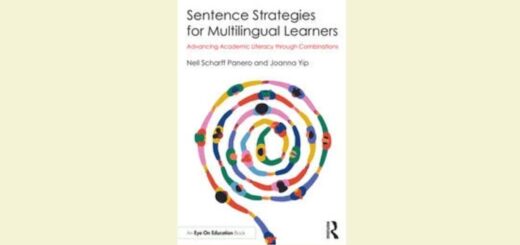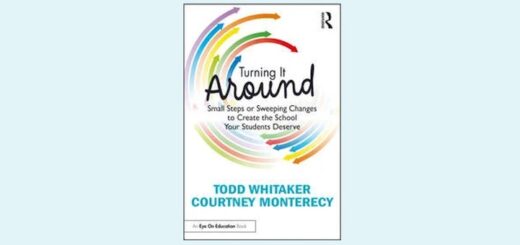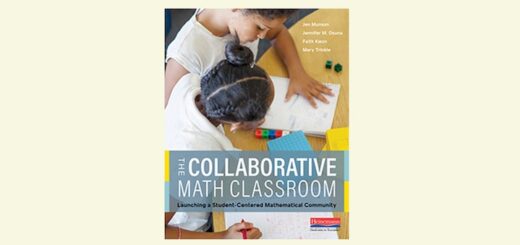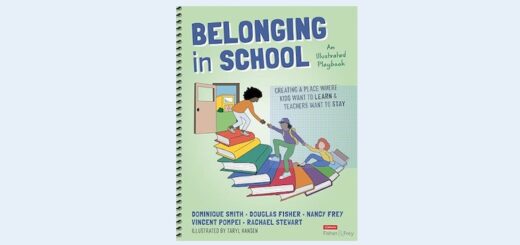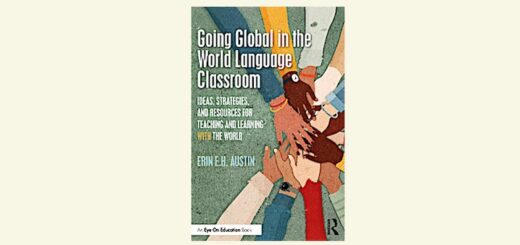What About This Text Influences My Reaction?

This is Marilyn’s discussion of the fifth and last question in a series of articles about the 5 Questions teachers can use to help students become more critical readers with any text in any format. The complete series includes these articles: Introduction: 5 Questions to Help Kids Become Critical Readers | Question #1: What Am I Reading? | Question #2: What Is the Text Showing? | Question #3: What Is the Text Hiding? | Question #4: How Am I Reacting? | Question #5: How Does It Work? To see summaries of the complete series in one place, go here.
By Marilyn Pryle

I discussed the importance of creating space for students to identify their reactions as they consume a text, and for them to consider how these reactions affect their response to a text.
For Question #5, students should go a step further and ask themselves, How did that just happen? I feel surprised, or joy, or anger – how did that happen? How does this text work? I want to take it apart and look inside. I want to see how the pieces fit together, how the text is built to have a particular effect on me.
Question #5: How Does It Work?
For many of us who teach English, discussions about how a text works (or its craft) are our forte, our comfort zone, our happy place. It’s why we love literature; it’s why we love teaching it.
Opening a text to see how all the parts fit and move intrigues and delights us. It also puts us on a more equal footing with the author: when we can see how the cogs fit together, how the author has intentionally built the text to have a particular effect on us, we gain control over our response to the text.
For young people, who are newer readers and consumers of texts, works by skillful and experienced authors can seem impenetrable or even unquestionable. Helping them pry open a completed work – and name what they see inside – is not just an English-class skill they need to graduate; it’s a lifelong technique that will help them critically consume the articles, videos, and longer texts they encounter as adults.
Perhaps they finish a text and feel a strong emotion; perhaps they feel dazzled; perhaps they feel persuaded. These are valid and common experiences, but a critical reader does not stop there. They ask, How did that happen?
We English teachers have years of experience in looking at how texts work, teaching students to identify and analyze setting, character, plot, theme, tone, mood, and so on. Here, we’ll go a bit deeper, looking at the emotional appeals in the piece, the rhetorical devices, the attention-getters, and the special effects.
If any of these terms sound too challenging for your students, you could word them in a way they will understand. Certainly, even students of a young age are feeling emotions, giving attention, and experiencing bells and whistles in the way an author intended. Our job is to help them recognize what’s going on when that happens. This is especially important in a time when many texts may not be written with their best interests in mind.
Using Reading Responses to Implement this Question
If you are new to my method of Reading Responses, please see my previous articles about it, as well as my book Reading with Presence. In short, a Reading Response consists of an original thought, a metacognitive category, a cited quote, and five sentences. In my class, we do at least one a day, thus making it a constant, low-stakes writing practice.
To implement Question #5, I give students Reading Response categories about literary concepts regarding plot, setting, mood, theme, character motivation, tone, and so on. These prompts can be found in my earlier book, Reading with Presence. For a more critical examination, I’ve added categories such as:
- Conscious of Craft
- Realize the Rhetoric
- Recognize the Attention-Getters
- Emotional Appeal
- Special Effects
Each of these categories comes with some prompting questions to help students explore their thinking on the topic, and students can always choose the category they want to respond in. Explore how each of these categories connect to Question #5 – How Does It Work? Students are asked to examine how some aspect of craft influences the overall effect of a piece. Consider the prompt and student example below for Conscious of Craft:
Conscious of Craft
What do I notice the author doing to make this text more effective? What writing techniques are working well in this piece? Remember that craft includes word choice, structure, literary devices, and so on.
Conscious of Craft for Immune, by Viraat (Grade 7)
In the book Immune, by Philipp Dettmer, I read an interesting epithet about an important yet underappreciated organ known as the thymus. Dettmer described the thymus like this: “Going to school or college can be quite unpleasant and annoying. There are schedules, tests, and pressure to perform, other people, and getting up early… But human school is harmless, laughable even, compared to the university your Adaptive Immune Cells have to graduate from: the Murder University of the Thymus”(Dettmer 109). This epithet works like a hook: it brings attention to the subject. This is particularly useful especially when it comes to raising awareness for an organ that helps determine your life expectancy yet is practically unknown to most humans. This is why this is an interesting epithet.
This category represents the most common concepts taught in any English class, with the expectation that students are already well-versed at discussing literary devices (plot, setting, character, theme, foreshadowing, symbolism, and so on), as well as figurative language and word choice. If you want to give your students more practice in any of these areas, add them to Question 5 as separate categories (Spot the Setting, Mind the Mood, Interesting Intro, etc.) to help students focus more precisely and become more familiar with the elements themselves.
Above, Viraat makes an excellent observation! I would ask him more about the purpose of epithets: Are they all meant to engage? What other reasons might an author have for using an epithet? I would also ask him what emotion he thought the author was trying to generate while “raising awareness.”
Look at another example for the category Recognize the Attention-Getters:
Recognize the Attention-Getters
What in this content is meant to grab and keep your attention? What illustrations are used? How are the illustrations organized? How are the text and fonts arranged? What parts act as “click bait”?
Recognize the Attention-Getters for Athleta.com by Lauren (Grade 10)
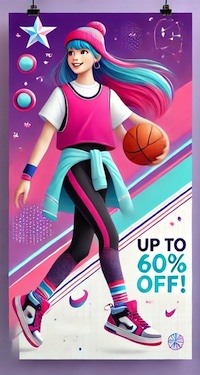
Attention-getters proliferate in almost every space outside of school. On television, online, on billboards – it seems that everything, everywhere is competing for our attention: pop-ups, advertisements, commercials, text crawling across the bottom of a broadcast, bright colors, large graphics, arrows, human faces looking surprised (or scared, or worried), and shocking images. When we help students realize this, instead of acting like it is healthy and natural, we communicate to them that they can take back a little control.
Above, Lauren examines the manipulation of her attention online. I asked her more about the font and animation. How did the site do even more to grab her attention with this information? And although Lauren clearly explained the “why” behind these attention grabbers, I asked her if she thought this tactic was employing logos, pathos, or ethos, or a combination of any of these. This analysis took her understanding to a more critical level.
* * *
As I said above – examining a text’s craft is already our forte as English teachers; it is the bulk of traditional English class instruction. But the difference I’m suggesting in this series of articles –the shift that I’m arguing for – is that we position this question not as the one main question of English class, but as only one of five questions.
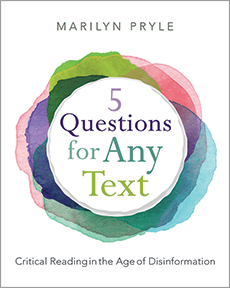
Marilyn is the author of many books about teaching, including Reading with Presence: Crafting Mindful, Evidence-Based Reading Responses (Heinemann, 2018) and 50 Writing Activities for Meeting Higher Standards (Scholastic, 2017). Her new Heinemann book is 5 Questions for Any Text: Critical Reading in the Age of Disinformation. Learn more about her work at her website and read her many articles for MiddleWeb here.
This article is adapted in part from material in 5 Questions for Any Text ©2024 Heinemann Publishers.

